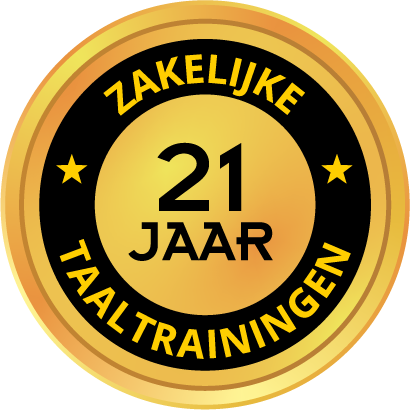
Leestijd 1 minuut |
bericht ouder dan 6 maanden
For hundreds of years, words have flowed along the routes of trade and empire. Rahul Verma follows some of their remarkable journeys.
They are in there, often unnoticed. The words that have become part of everyday English. Loot, nirvana, pyjamas, shampoo and shawl; bungalow, jungle, pundit and thug.
What are the roots, and routes, of these Indian words? How and when did they travel and what do their journeys into British vernacular – and then the Oxford English Dictionary – tell us about the relationship between Britain and India?
Long before the British Raj – before the East India Company acquired its first territory in the Indian subcontinent in 1615 – South Asian words from languages such as Hindi, Urdu, Malayalam and Tamil had crept onto foreign tongues. One landmark book records the etymology of colloquial Anglo-Indian words and phrases. Compiled by two India enthusiasts, Henry Yule and Arthur C Burnell, Hobson-Jobson: The Definitive Glossary of British India was published in 1886. The poet Daljit Nagra described it as “not so much an orderly dictionary as a passionate memoir of colonial India. Rather like an eccentric Englishman in glossary form.”
The editor of its contemporary edition – which has just been published in paperback – explains how many of the words pre-date British rule. “Ginger, pepper and indigo entered English via ancient routes: they reflect the early Greek and Roman trade with India and come through Greek and Latin into English,” says Kate Teltscher.
“Ginger comes from Malayalam in Kerala, travels through Greek and Latin into Old French and Old English, and then the word and plant become a global commodity. In the 15th Century, it’s introduced into the Caribbean and Africa and it grows, so the word, the plant and the spice spread across the world.”
As global trade expanded through European conquests of the East Indies, the flow of Indian words into English gathered momentum. Many came via Portuguese. “The Portuguese conquest of Goa dates back to the 16th Century, and mango, and curry, both come to us via Portuguese – mango began as ‘mangai’ in Malayalam and Tamil, entered Portuguese as ‘manga’ and then English with an ‘o’ ending,” she says.
Taaltrainingen overzicht
Taaltrainingen overzicht
SelecteerSluit
Blogberichten
Legal English from The Square Mile
Legal English: Three simple rules to start off! We are producing a series of Legal English blogs in collaboration with our Legal English specialist, the rather appropriately named Victoria...
Lees het volledig blogbericht
It’s a kind of Magic
It’s a kind of magic. Last Friday we celebrated the New Year with 60 of our long-term trainers at Keizer Culinair in Den Haag (thank you Keizer Culinair, it...
Lees het volledig blogbericht
CEF of ERK Taaltraining, voor maximaal resultaat
Als je eenmaal hebt besloten om een zakelijke taaltraining te volgen, wil je het liefst meteen beginnen. Eigenlijk zoals bij de sportschool, je sluit aan bij de groep en gaat...
Lees het volledig blogbericht

